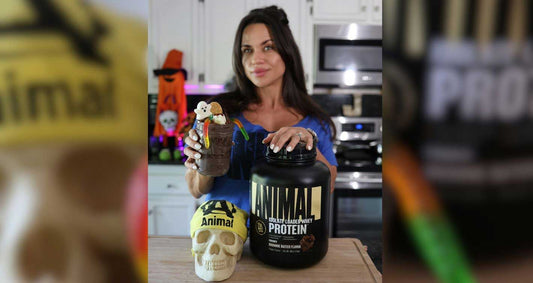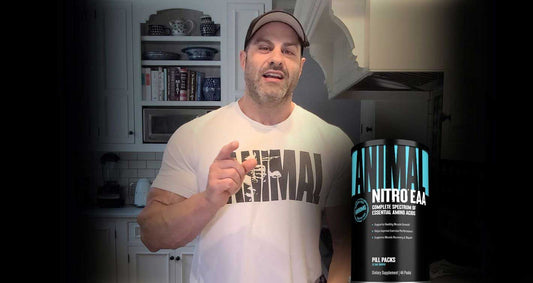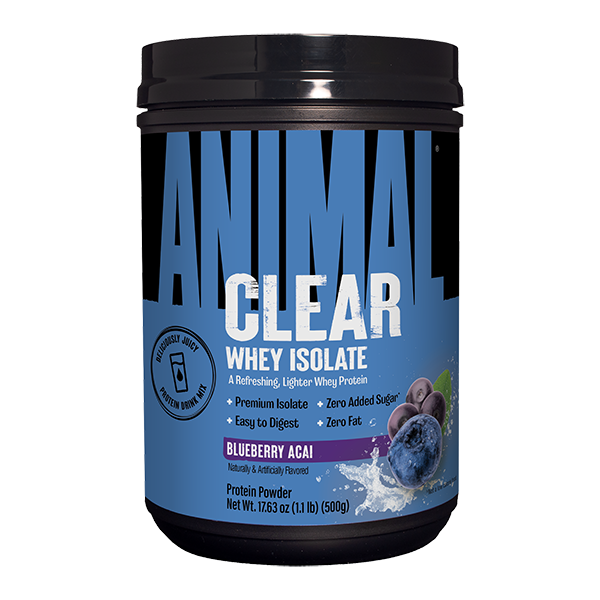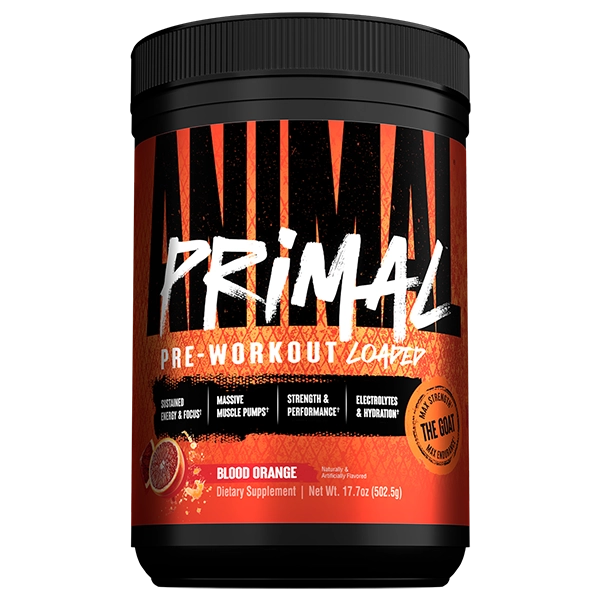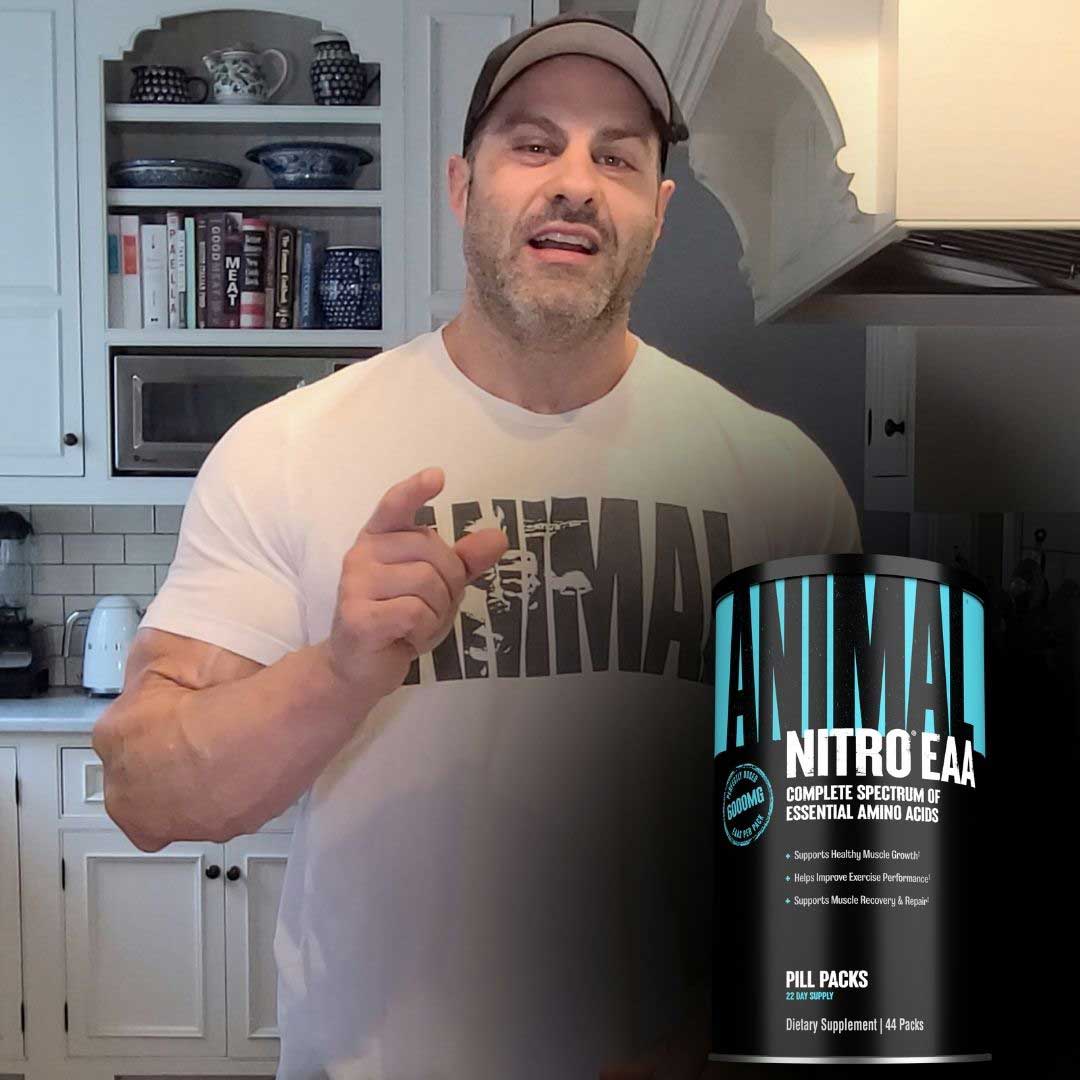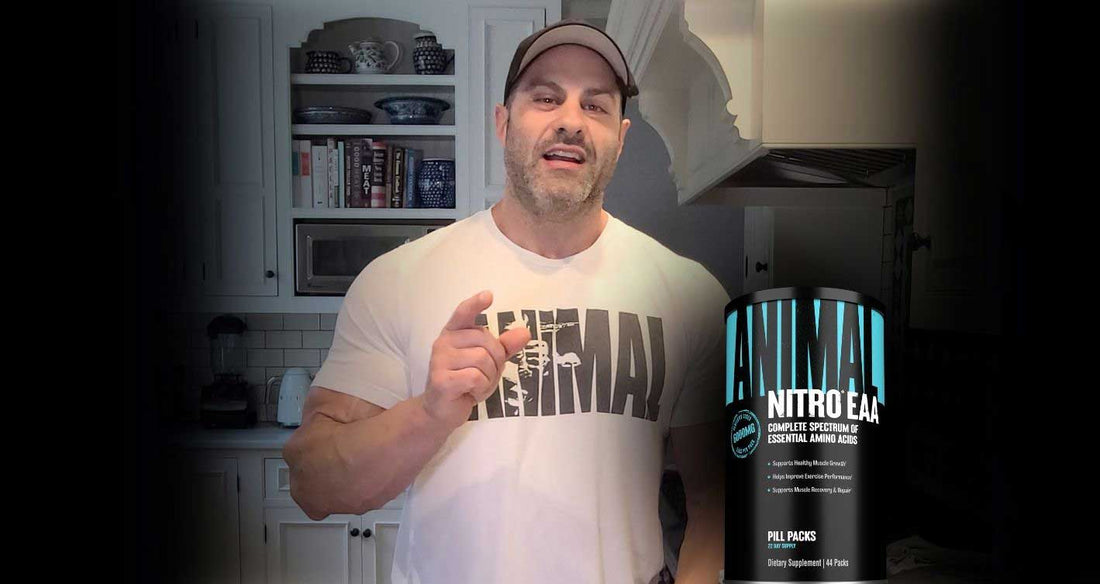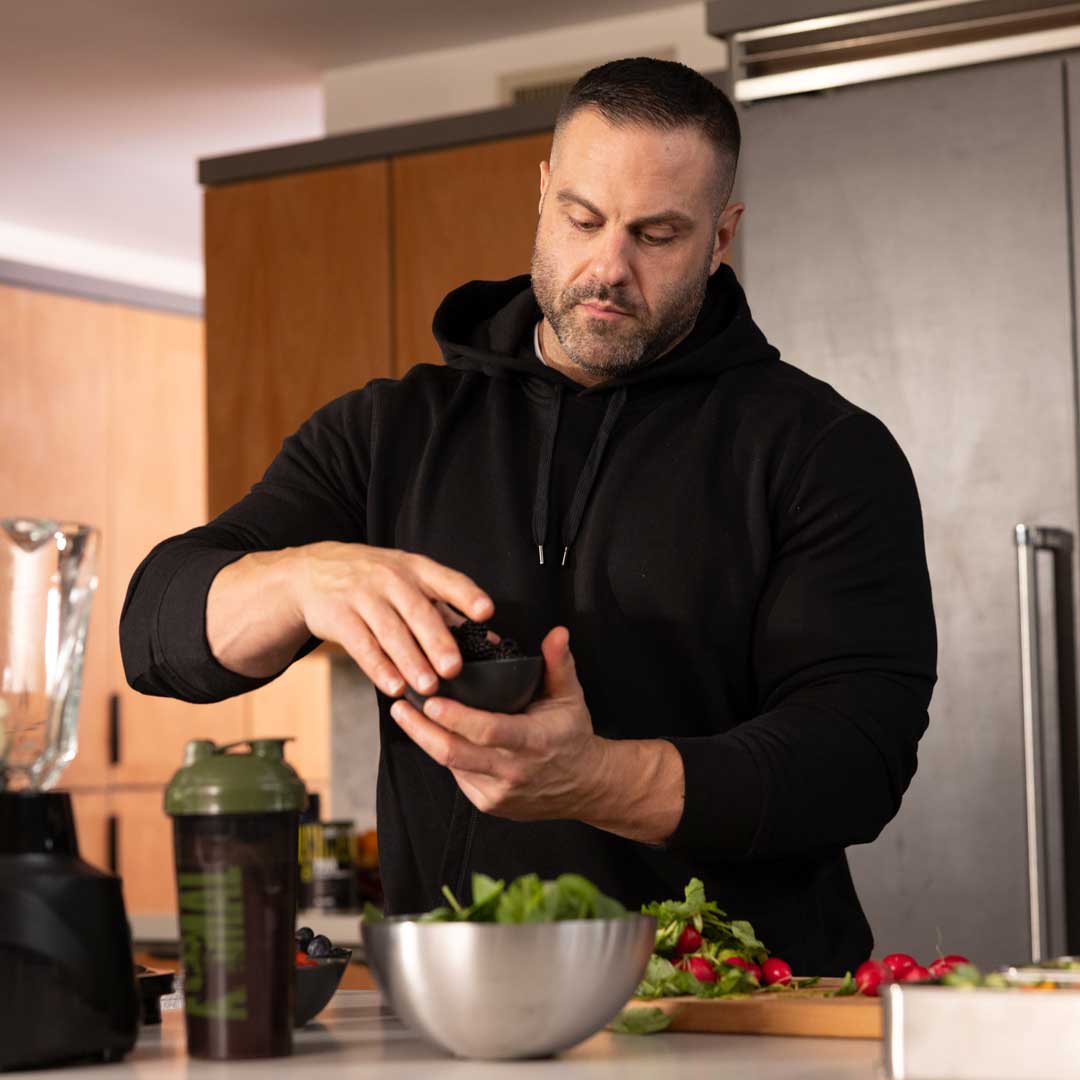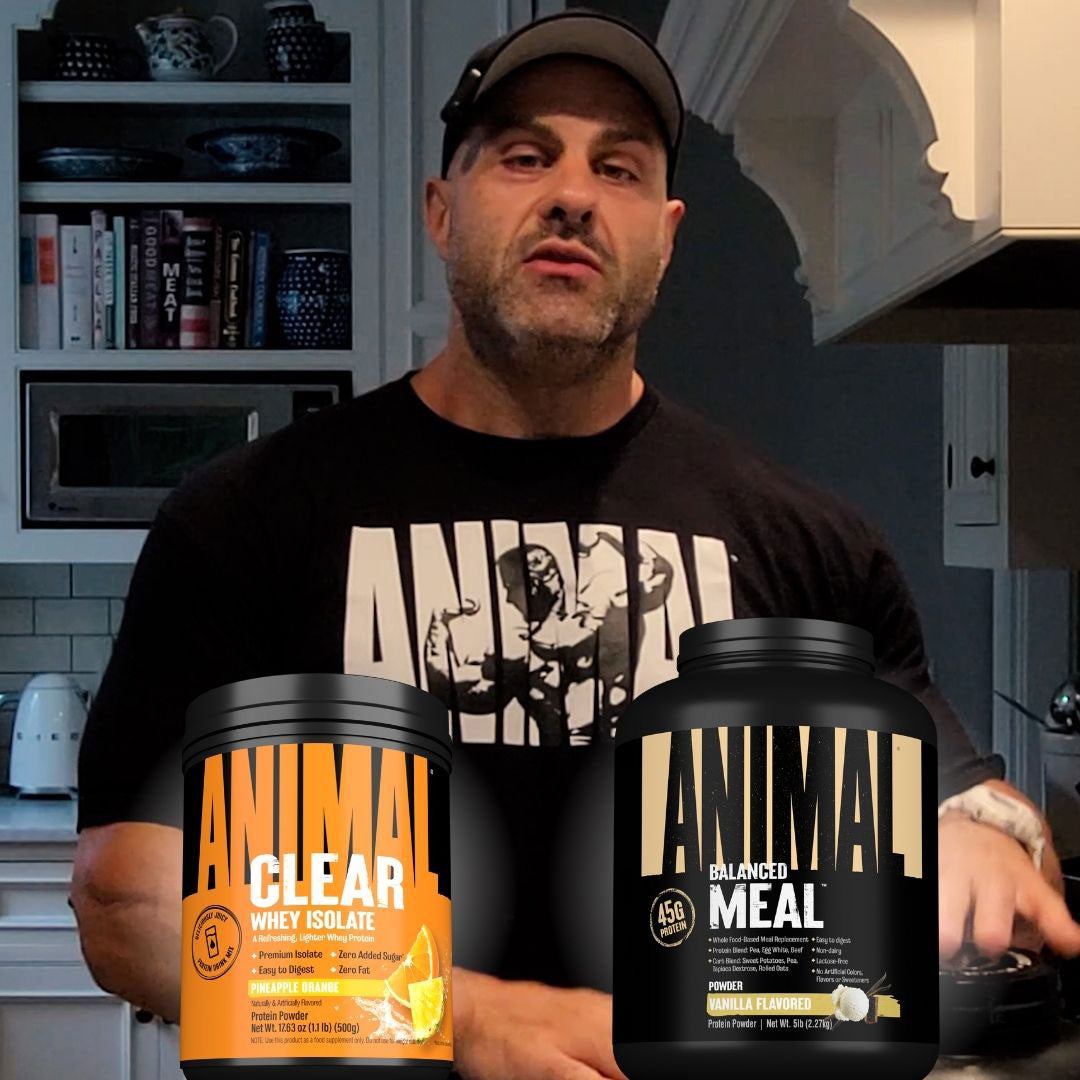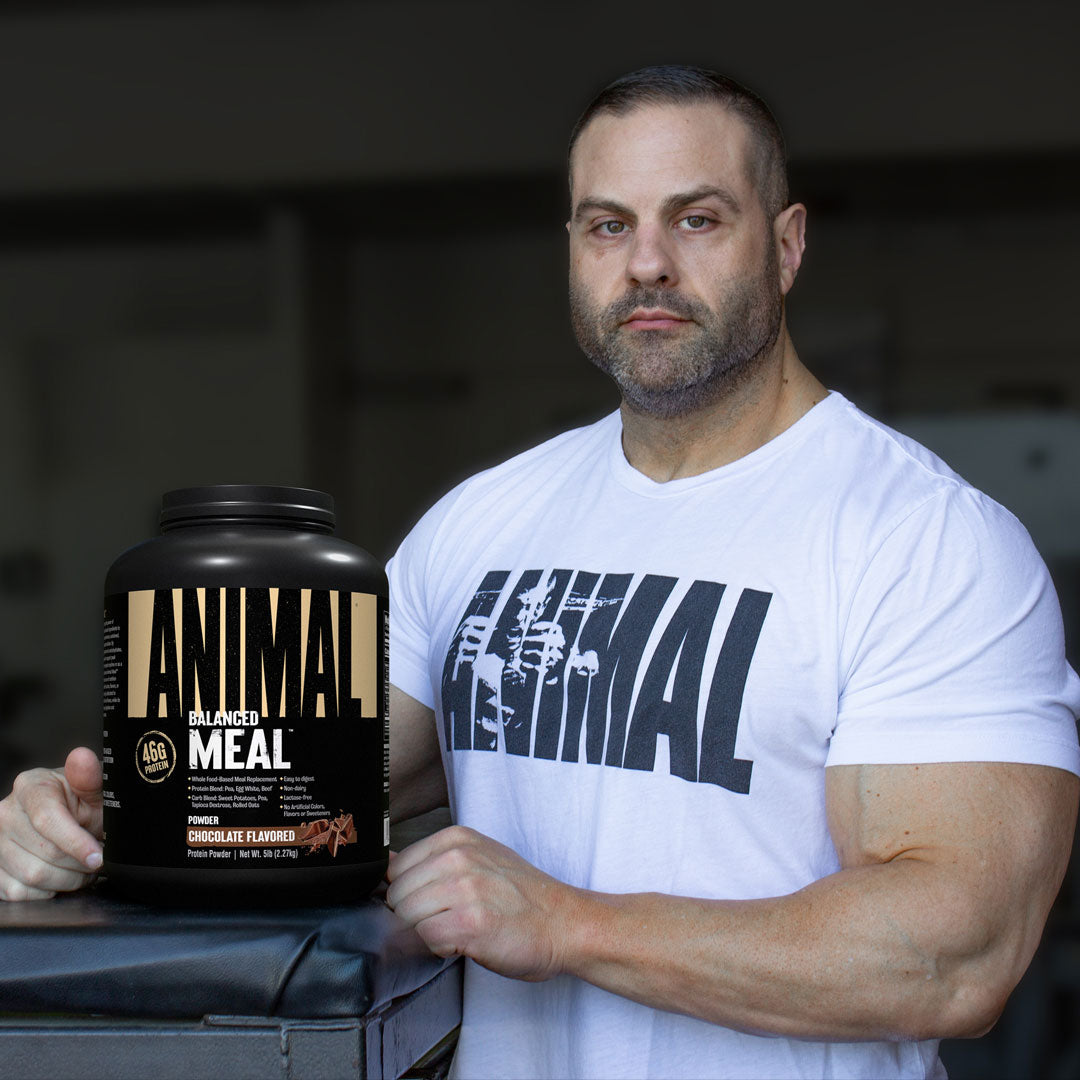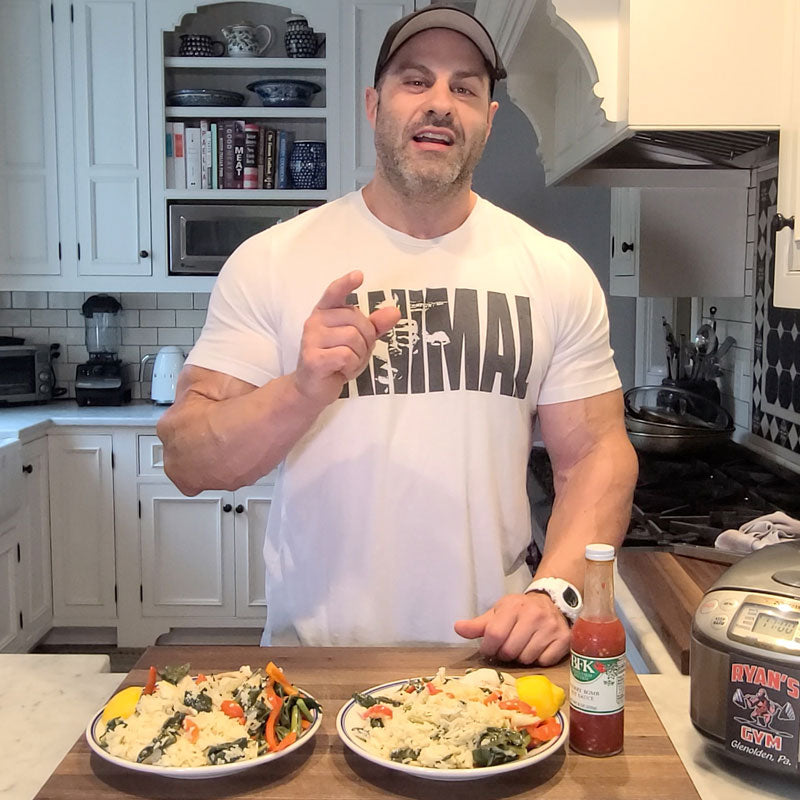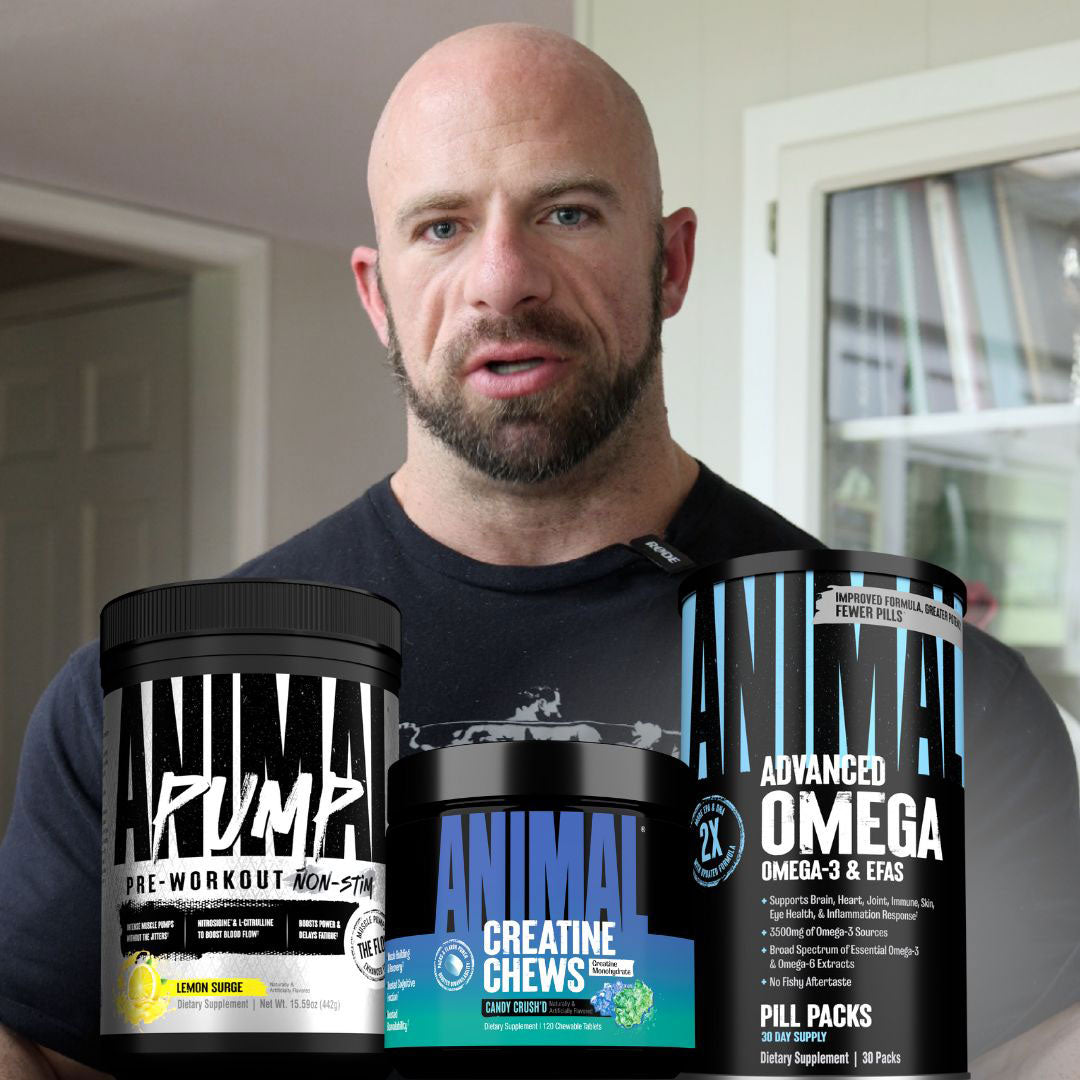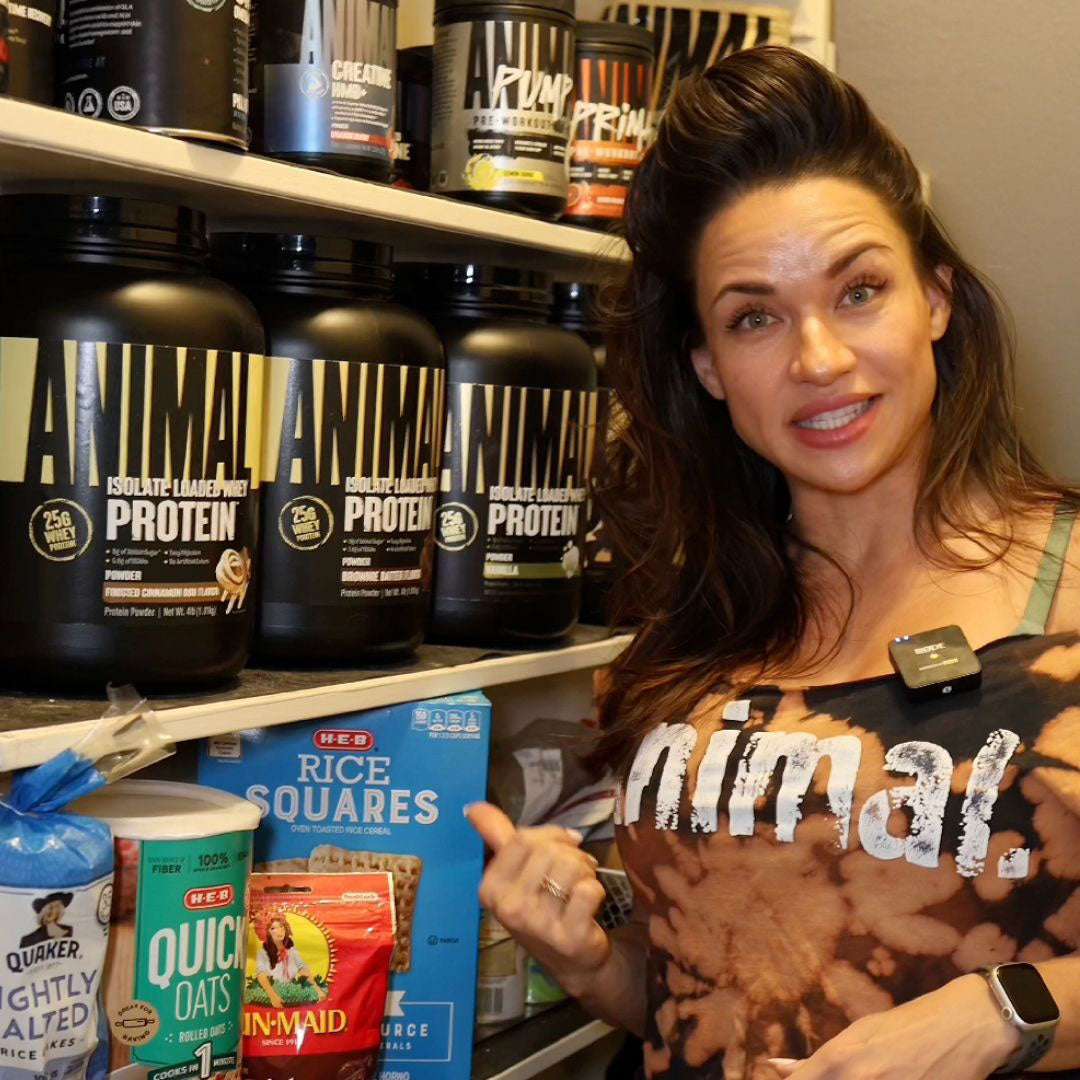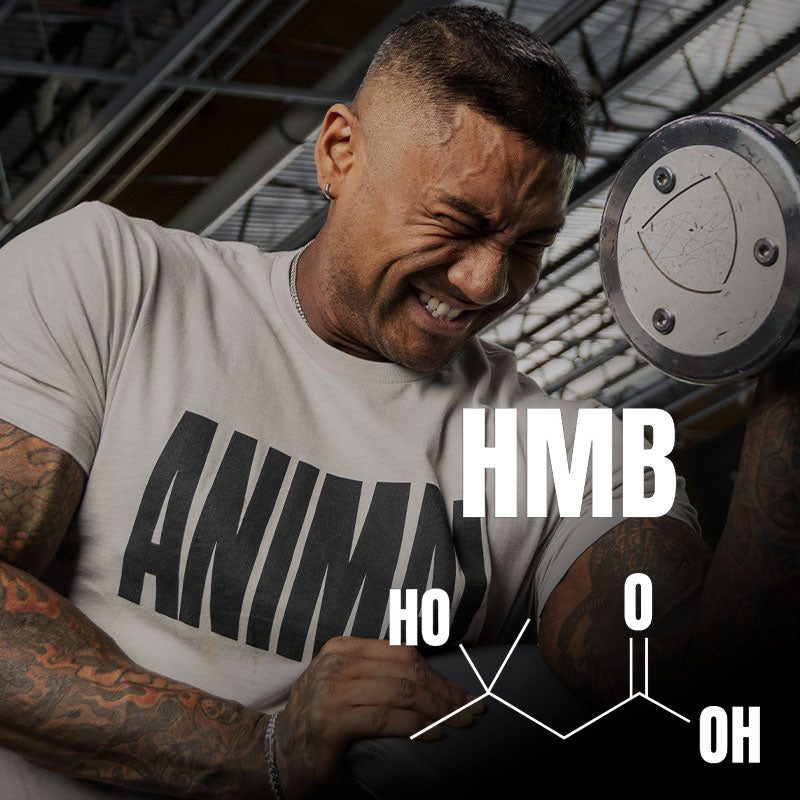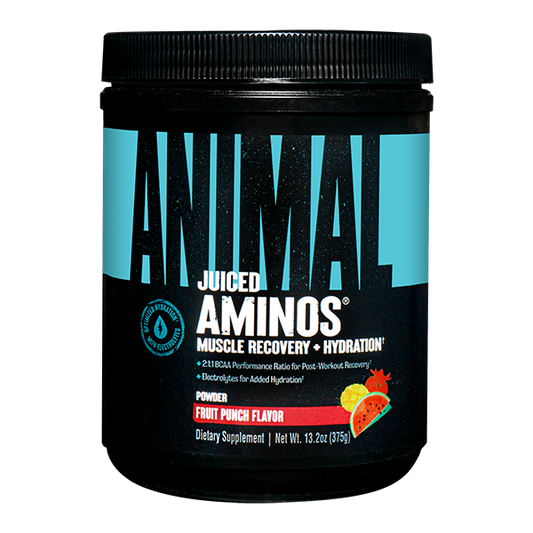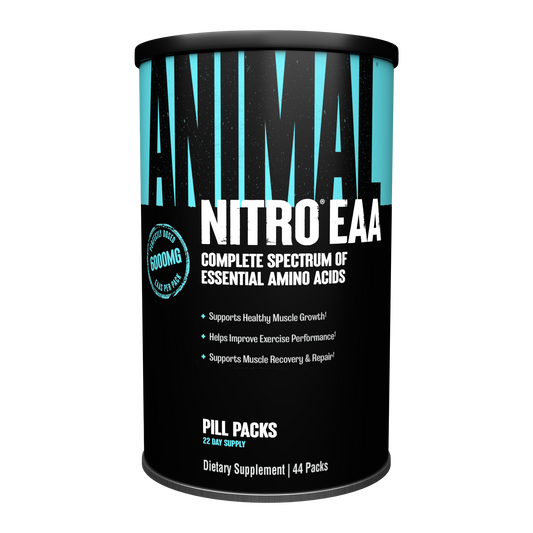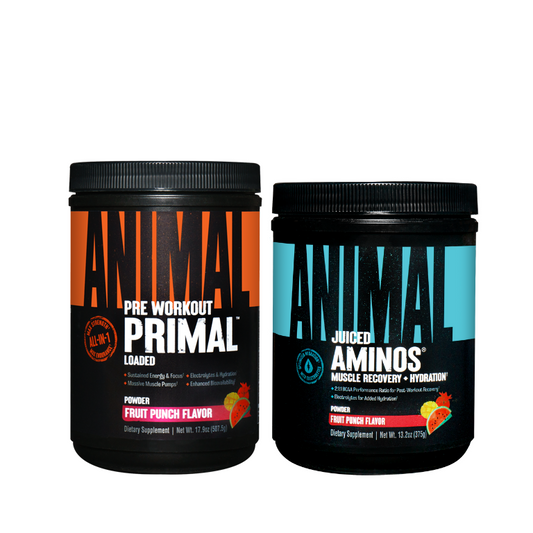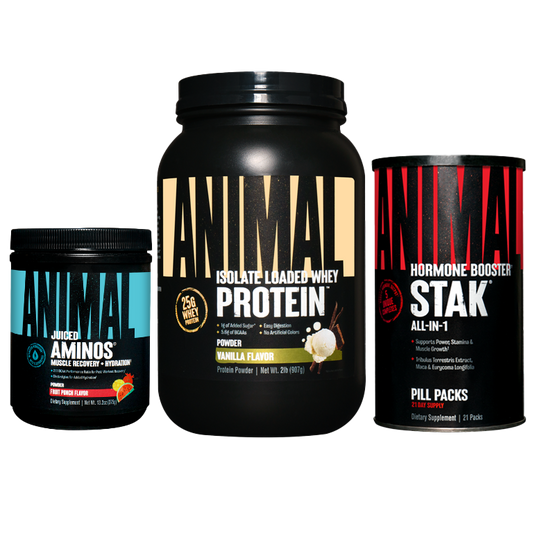In all my years as a bodybuilder and as someone knee deep in the supplement industry, I can’t think of a group of supplements more misunderstood or more misused than amino acids.
Should you be using aminos? If so, which ones? BCAAs vs EAAs? Peptide bonded? What about timing? What’s the right dose? After all, amino acids are just the bulking blocks of protein, right? So, they’re all the same? Can you just get them from food? With over 20 years of practical experience, let me share with you all that I have learned about aminos. Hopefully, I can save you from lost time, misguided effort and wasted money in the process.
Let’s divide amino acids into two categories - peptide bonded and free form
Peptide bonded aminos are essentially intact or whole proteins that have been packaged into a supplement format. The “mass aminos” and “beef protein” tabs that were so popular in the past are good examples where manufacturers took things like whey protein or hydrolyzed beef protein, dehydrated it and pressed it into tablets. For all intents and purposes these are just protein powder tablets.
Do products like this serve as a source of aminos?
Sure, just as protein powder would. A popular methodology was to add these tablets to meals. The thinking was to improve the amino acid profile of each meal, while also adding more protein to the diet. If each tablet contains 1g of protein and you take 6 tabs with each meal x 6 meals per day, that would be an extra 36g of protein each day. Over the course of a year? 13,140g of protein = almost 30 pounds of extra protein. Was this a compelling case for these products? Sure. I used them. Do I believe they worked? To an extent. There was no magic in the product itself. Rather, any increase in results was purely due to the consistency and regimentation. If an individual were to add an additional 36g of protein per day from a shake, a chicken breast, whole eggs, etc., I believe the result would have been just as good or better.
BUT, this method certainly did lend itself to being followed and for that reason, it worked!
Do I recommend this approach? No.
If you can add protein rich foods or shakes on a consistent basis, I think that is more cost effective and easier on the gut. But if you know that you’ll never do it that way, then it’s ABSOLUTELY something to consider.
What’s the difference between free form and peptide bonded aminos?
Now that we’ve covered peptide bonded amino supps, let’s talk about the real star of the show - free form aminos! In my opinion, this is where the true potential of amino acid supplementation lies.
Free form aminos are IMMEDIATELY bioavailable and require almost no digestion. They can enter systemic circulation lightning fast. That is of course, assuming you’re on an empty stomach!
If you were to consume free form aminos with a meal, it could still help to positively alter the amino acid profile BUT, the efficiency gets dragged down by everything else in the pool. In my opinion, it wouldn’t be the way to use these products. The true potential of free form aminos is realized when:
- The right product is used
- On an empty stomach
- In close proximity to training
- In a heavy enough dose
First, what is the right product?
Well, we know it is a free form amino acid product and not peptide bonded proteins. If you’ve done any supplement shopping and looked at amino formulations, you’ve probably been left wondering whether to use BCAAs or EAAs. Upon digging a little deeper, you ask yourself what place BCAAs have as a solo agent when EAAs contain BCAAs anyways? Why not just take EAA supplements and get the whole shebang? Turns out, that’s exactly what you would do.
The research supports the notion that EAAs are better at supporting performance and recovery when taken on an empty stomach, while BCAAs can still work out but you need the other essential aminos floating around in your bloodstream to get the most out of them.
Like I said, earlier, why use free form aminos any time other than when you are on an empty stomach? You wouldn’t!!!
This whole equation is about to solve itself
Would you eat a meal during training? No, of course not. Its not practical or helpful.
Would you give your body a source of aminos that requires almost no digestion during training? Hell fucking yeah you would!
So far, what we’ve got is that we would take EAAs on an empty stomach during training and that makes all the sense in the world because we can send recovery through the roof by doing this and we can do it without any digestive effort, discomfort or taking anything away from the training session.
The question then becomes; how much?
I’m not gonna tell you what to do but I’ve been doing this for a long time and there’s one thing I will not hesitate to say - You are infinitely better off taking a big boy dose of 3 things as opposed to taking a bullshit dose of 10 things.
Taking little doses of a bunch of shit and you’ll get results from none of it.
Take a REAL dose of a few things and you’ll get results from all of them.
Like I said, I’m not telling anyone what to do but if you’ve been following me over the years, I’ve been pretty vocal regarding my use of ANIMAL Nitro and the fact that 4 packs during my training was my go-to. That’s almost 25g of EAAs and it’s one of the best damn thing you can do for your recovery.
I’ll always be a massive proponent of the use of EAAs during training. Once you reach the point where you’re serious about your goals and you’re pouring everything you’ve got into your training sessions, you swiftly come to the realization that recovery is the limiting factor. The importance of having a steady flow of nutrients all day becomes apparent but there’s no way to eat while you train. That’s when the light bulb goes off and you realize that the right amino supplement, taken in a hefty enough dose during training can effectively throw your recovery into overdrive. With a high enough dose of EAAs taken during training, a whole new level of recovery is possible.
About The Author
Evan Centopani has been part of the ANIMAL team since 2006. Earning his IFBB professional status in 2007 at 25 years old, Evan is a 3x IFBB champion who has competed several times in the Arnold Classic and Mr. Olympia, generously sharing his extensive knowledge of fitness and nutrition with the Animal community.


